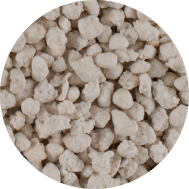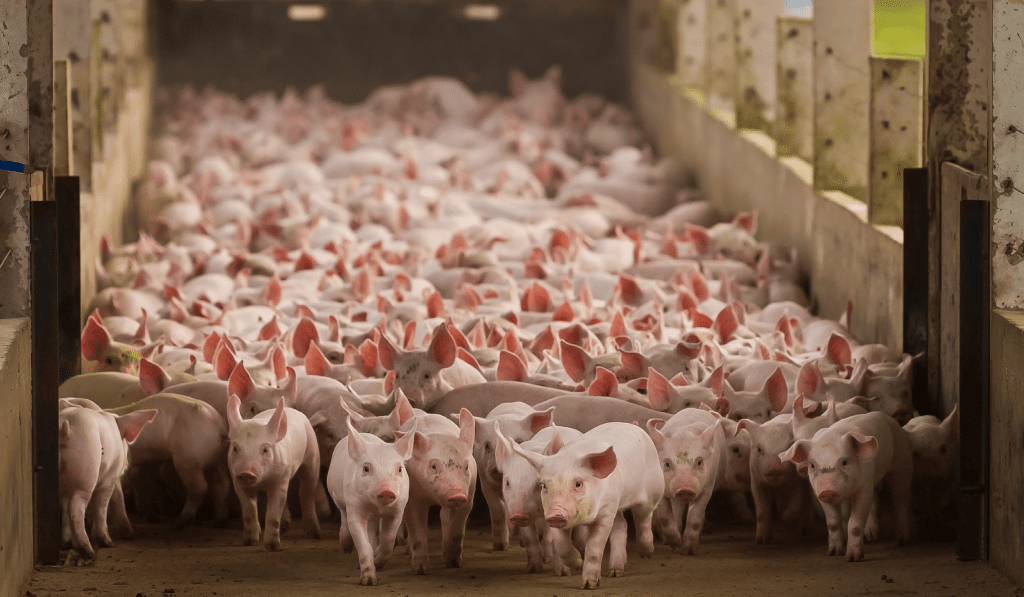Optimize formulation

NEOPHOS provides 5% chlorine-free sodium. In addition to meeting nutritional requirements, this feature has a direct impact on the phosphate’s electrolyte balance. Electrolyte balance is what nutritionists use to optimize animal performance. This zootechnical parameter has been the subject of many studies, and all showed the positive impact of increasing the electrolyte balance to improve animal performance factors such as feed intake, Average Daily Gain or final weight (Apper-Bossard et al., 2009; Cheng et al., 2015). Moreover, the inclusion of synthetic amino acids in rations rather than protein results in high negative balances (e.g. lysine -5 464 mEq/kg). It is therefore essential to choose raw materials with a positive electrolyte balance such as NEOPHOS (EB 2200 mEq/kg) in order to compensate the effect of synthetic amino acid incorporation. incorporation.
